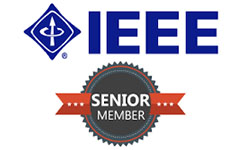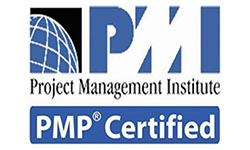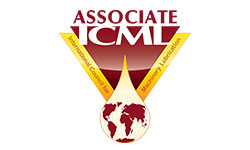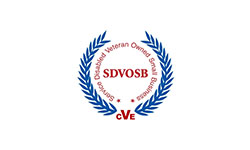Electric motor and motor control circuits
This development course is available in both virtual and in-person, instructor-led formats, it is a two-day Electric Motors and Motor Control Circuits course that tackles the common problem of electric motor failure, with the goal of helping technicians identify the true cause of the motor failure and prevent future incidents.
Description:
This course proceeds from a thorough overview of motor basics to replacement procedures and fundamental motor maintenance techniques. TPS will cover both basic and specialized motor control circuits. The course is designed to help team members reduce downtime and expense caused by motor failure and increase the overall efficiency of their facility.
Course Outline:
Day One – Topics
Motor Selection, Maintenance, Testing & Replacement
1. Motor Basics
2. MotorTerminology
3. Types of Motors and Their Suitable Applications
4. Testing Equipment
5. FieldTroubleshootingChecklist
6. Motor Selection
7. Nameplate Data
8. IEC Motor Ratings
9. EnergyConsiderations
Procedures for Replacing a Motor
1. Verifying Circuits Are De-Energized – Safely and Correctly!
2. De-Terminating Motors
3. Setting Replacement Motors
4. Shaft Coupling/Alignment Options
5. ElectricalChecks
6. Sizing Line Conductors
7. Using Nameplate Data for Proper Connections
8. Selecting the Best Method of Motor Termination
9. Lugs and Insulation Tapes for Termination
10.Termination Kits
11.Methods of Verifying Proper Phase Rotation 12.Lubrication Requirements
13.Sizing Fuses and Overloads
14.Final Checks Prior to Re-Energizing Motor
15.Electrical, Visual and Mechanical Checks for Startup Testing
Day Two – Topics
Motor Maintenance
1. Testing Motor Windings
2. Megohmmeter Testing of Motors
3. Modern, State-of-the-Art Predictive Maintenance Testing for Motors
4. Bearings and Lubrication
5. Motor Storage
6. Replacing Motor Fuses Safely and Correctly
7. Determining Voltage and Current Imbalance and Its Effects
8. Recommended Maintenance Practices of NFPA 70B
9. Sizing and Adjusting Overloads per the NEC®
10.Common Motor Problems and How to Find Them
11.Fixes for Common Motor Problems
Working with Control Circuits
1. Fundamentals of Control Circuits
2. Types of Motor Control
3. Symbols for Control
4. Learn to Read Motor Control Schematic and Ladder Diagrams
5. In-Depth Class Exercises with Real-World Motor Control Diagrams
6. Learn the Basics of PLC Ladder Logic
7. Developing a Logical, Systematic Approach to Troubleshooting Controls
8. Typical Control Circuit Problems and How to Find and Fix Them
Motor Drives and Special Control Circuit Applications
1. Energy Management and Motor Drives
2. AC and DC Drives Overview
3. Motors for Variable Speed Drives
4. Variable Speed Drive Applications
5. HVAC Applications
6. Servo Motors and Drives for Manufacturing
7. Review Operation of Modern Automation Control Such as Conveyor Drives










